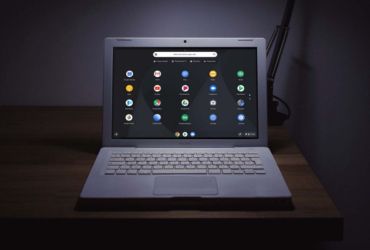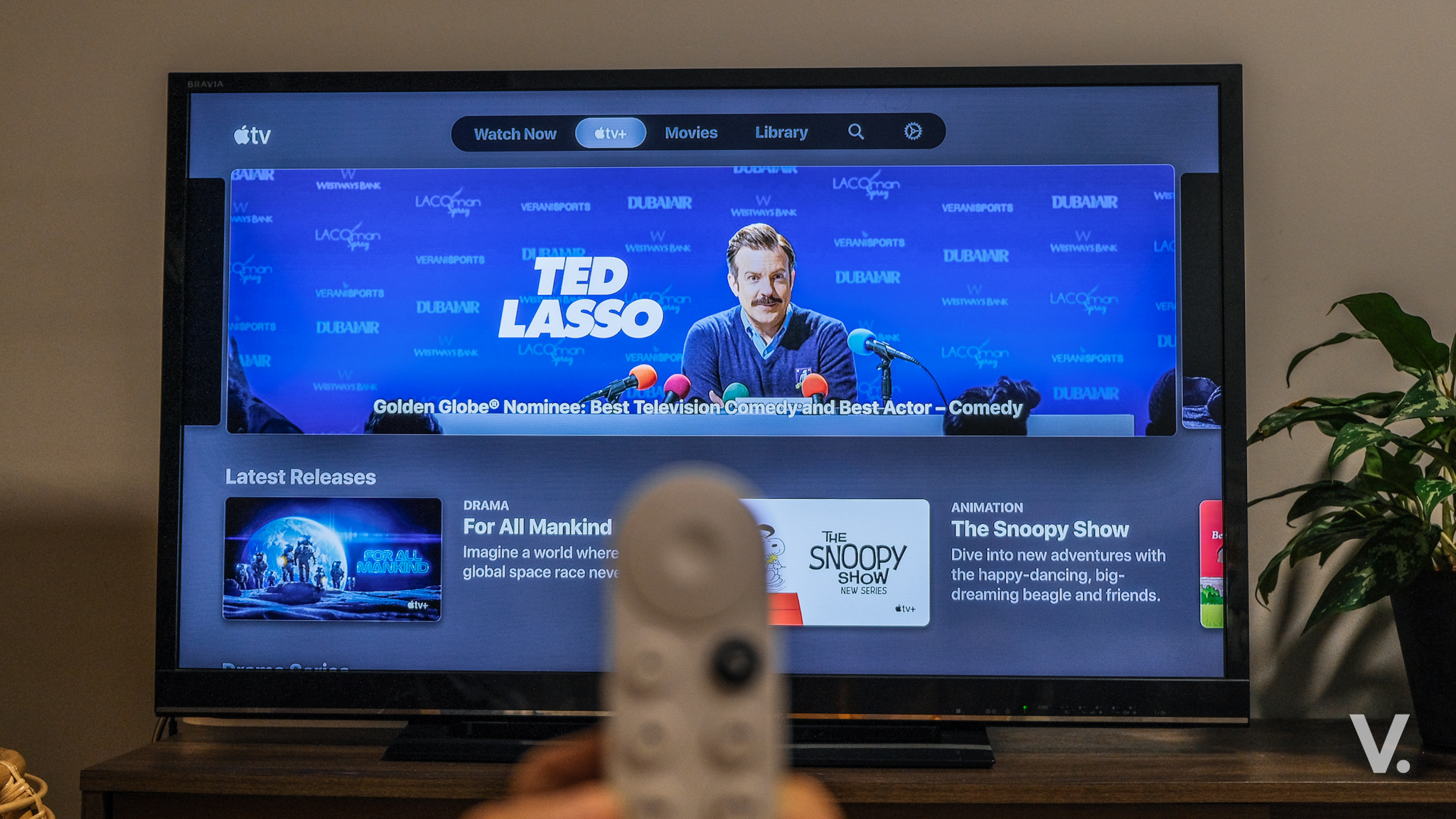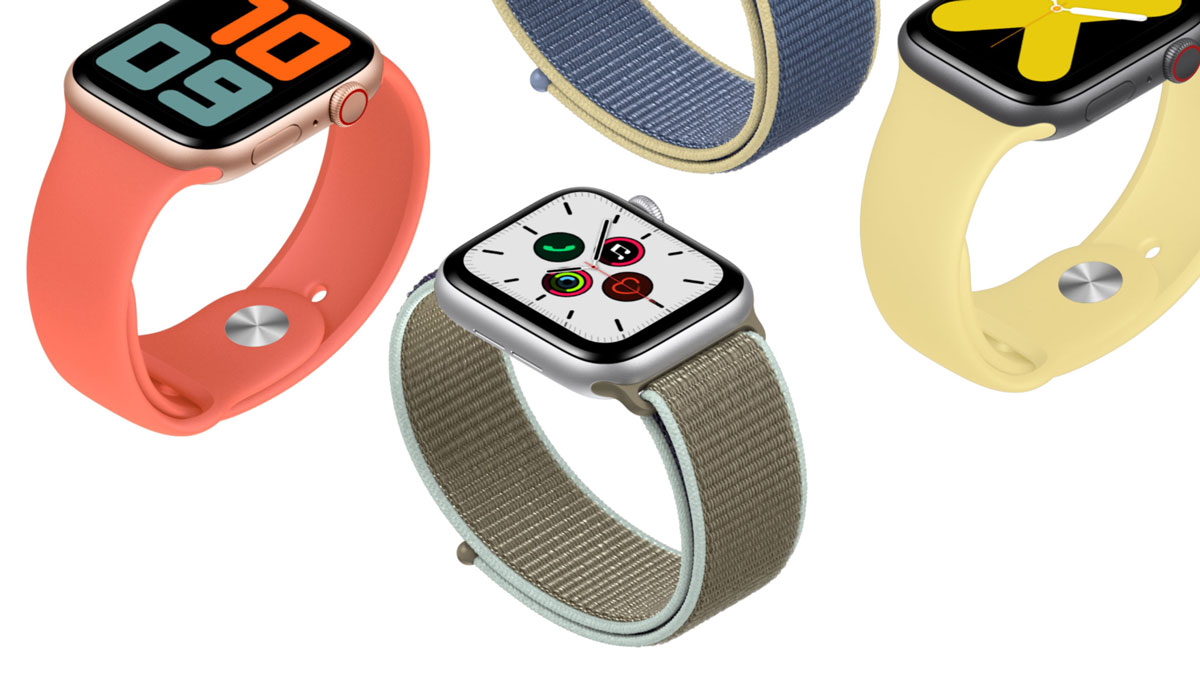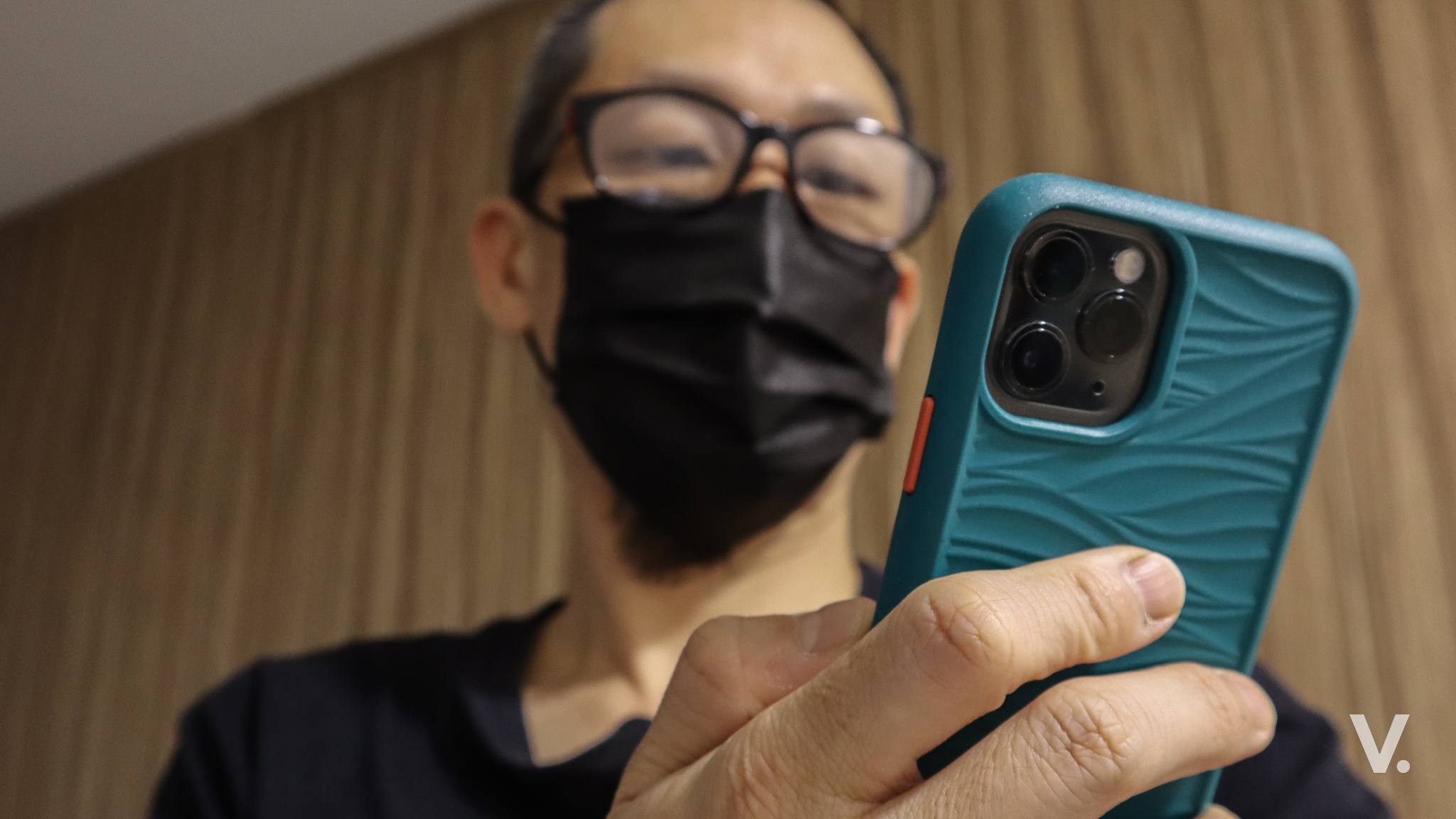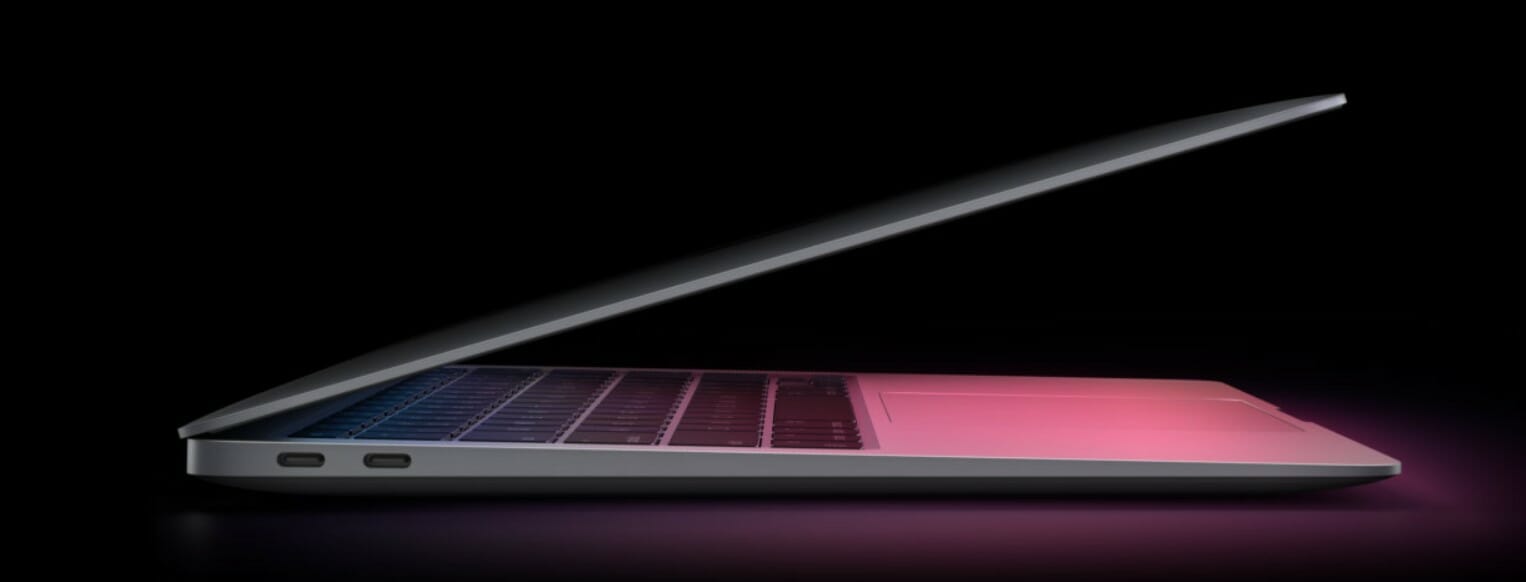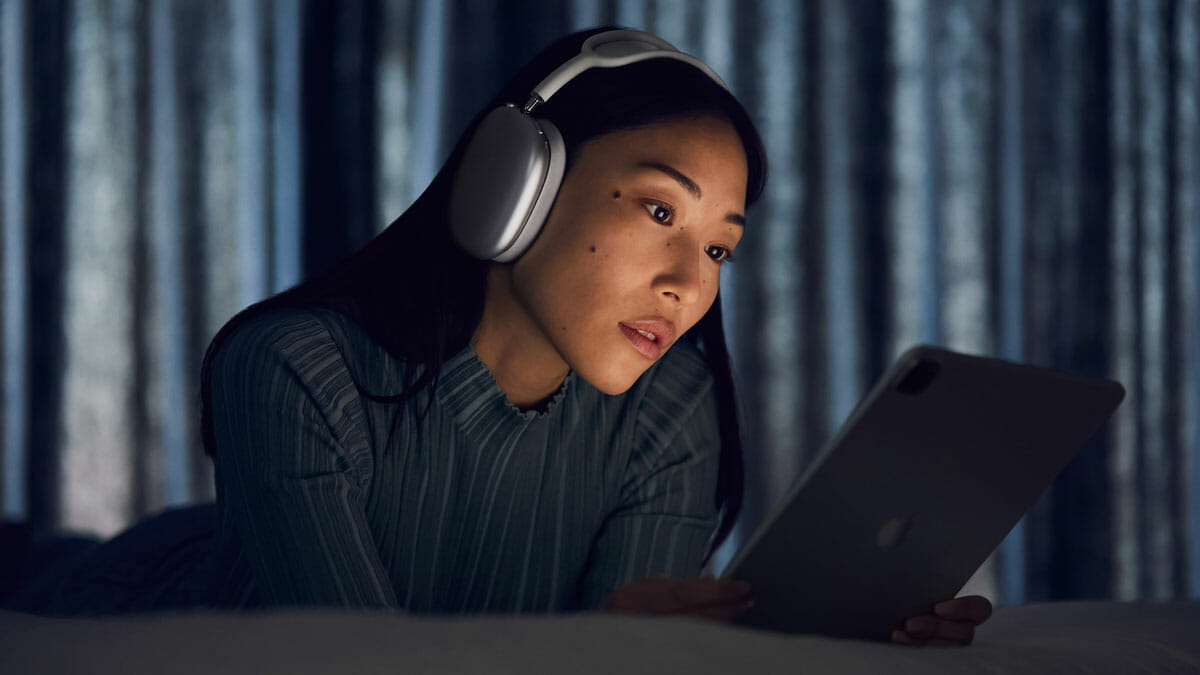Introduced alongside the more evolutionary iPhone 8 series, the iPhone X “sets the path of tech for the next decade.”
There’s no denying. It is stunning. Sure, it’s not the first in the game of edge-to-edge, near bezel-less smartphones. That honour goes to Xiaomi’s Mi Mix, Samsung’s Galaxy S8 and LG’s V30. In true Apple fashion, it doesn’t look to be the first, it looks to be the best (or at least make it better).
The iPhone X rocks a super high resolution 5.8-inch Super Retina Display (2436×1125) that pushes out 458PPI. It’s based on OLED (made by Samsung), a first-ever in an iPhone. It’s a True Tone display with a 1,000,000:1 contrast ratio and has 3D touch (but of course!). As you’d expect, it has accurate, stunning colours.
Thanks to its OLED underpinnings, it also has the best dynamic range offering HDR10 and Dolby Vision support.
The body is all-glass front and back, enforced with surgical grade stainless steel. It’s a smooth, continuous flow of metal and glass, body and screen. Apple says it’s the most durable glass ever. The device is IP67 splash-proof, dust- and water-resistant by the way.
Along with the body, the screen also curves at the edges, giving it an ultra-smooth, elegantly rounded corners.
With an all-screen design, where did the home button go, you may ask? Well, there is none, a physical one that is. You can now “Tap to Wake” then simply “Swipe Up” to go to the home screen. “Swipe Up and Hold” to multitask, or swipe left and right at the bottom too.
To call out everyone’s favourite virtual assistant, Siri, just press the side button, which is now larger, by the way.
For the first time since it was introduced on the iPhone 5s, Apple is ditching Touch ID for something better. The “future of unlock” lies in face recognition. Apple calls it Face ID. Touch ID is still a super fast, super secure way to authenticate.
Where the likelihood of someone spoofing your fingerprint ID is 1 in 50,000, meanwhile it’s even more unlikely with Face ID with a ratio of 1 in 1,000,000.
The secret sauce to Face ID is the iPhone X’s new TrueDepth camera system, a dizzying array of sensors and cameras that’s located on the top of the display. It includes an infrared camera, flood illuminator, front camera and dot projector.
These work in tandem with Apple’s spanking new A11 Bionic chip that has a set of hardware set with machine learning algorithms.
The dot projector projects more than 30,000 invisible to your face to build your unique facial map. The infrared camera then reads the dot pattern, captures an infrared image, then sends this data to the Secure Enclave in the A11 Bionic chip. The chip then confirms a match. Nothing is stored externally or in the cloud.
The flood illuminator on the other hand uses invisible infrared light to identify your face. This means you can use Face ID even in the dark.
The cool thing about Face ID, powered by the A11 Bionic’s machine learning algorithm, is that it recognises changes in your appearance. This means putting on a hat is still you. Or growing a beard. Or wearing glasses. This is pretty amazing.
Face ID is also super smart. It’s attention-aware. So it will only unlock the phone if you’re looking at the device with your eyes open. And oh, it works with Apple Pay and third party apps too.
Coming back to the new TrueDepth camera. There’s much more than just Face ID. The much-loved Portrait Mode using the rear cameras on the iPhone 7 Plus is now available on the iPhone X thanks to the TrueDepth camera. You can now take beautifully sharp selfies with bokehlicious backgrounds.
Another cool thing TrueDepth enables is Portrait Lighting. The new feature in Portrait mode is essentially giving you studio lights in your environment. We’re talking studio-quality lighting effects, not filters, in real-time. The feature is currently in beta, but it looks like it’s going to be a hit.
Because TrueDepth is essentially a 3D camera, it opens doors to some other fun things. Like animated emojis or Animoji. The camera captures and analyses more than 50 different muscle movements on your face, then mirrors your expression in 12 different Animoji.
Animoji include your voice, and you can share them via iMessage.
The iPhone X introduces a new vertically-aligned dual-camera setup. The camera are improved cameras from the iPhone 7 Plus, featuring two 12MP cameras with a new colour filter and deeper pixels. The six-element wide-angle lens has a f/1.8 aperture while the telephoto rocks a f/2.4 aperture, now with OIS.
The dual cameras enable the iPhone X to optically zoom 2x, or digital zoom of up to 10x for photos, and 6x for videos.
To back these cameras up, there’s a new Apple-designed image signal processor that analyses elements in the scene-people, motion and lighting conditions. It optimises your photos before you take them. There’s advanced pixel processing, faster autofocus, wide colour capture, and better HDR photos. Can’t wait to test this out.
Like the iPhone 8, the main shooter is capable of 4K 60fps video capture, as well as 1080p 240fps slow-motion video capture.
The camera also enables the best-yet augmented reality experiences in both games and apps.
World’s most powerful mobile SoC
The magic behind all that’s great on the iPhone X happens with Apple’s new A11 Bionic chip with neural engine. It’s the “most powerful and smartest chip ever in a smartphone.” I’m not going to argue with that. Apple continues to design and make the most powerful SoCs in the smartphone industry.
The A11 Bionic crunches up to 600 billion operations per second. Guess how many zeros.
The chip has four efficiency cores that are 70% faster than the A10 Fusion chip, and two performance cores that are 25% faster. The iPhone X also uses an all-new Apple-designed GPU that’s 30% faster than A10 Fusion.
True wireless future
Apple finally gets its feet wet in the wireless charging game. Thanks to the glass body on the iPhone X, it now supports wireless charging. The great news is that Apple’s opted for the Qi standard, and not a proprietary wireless charging standard. This means you’ll have the widest and best wireless charging solutions out there. Charge at wireless charging stations and mats in hotels, cafes, airports, or buy your own wireless charging mat.
Talking about charging mats, Apple now has its own—the AirPower mat. You can now charge your iPhone, Apple Watch and new AirPods wirelessly. It will only be available in 2018. However, you can grab mats from Belkin and mophie.
Additionally, it supports LTE-Advance and Bluetooth 5.0.
Apple did not elaborate on the size of the internal battery, but quotes 2 hours longer battery life than the iPhone 7. It’s also fast-charge capable-up to 50% charge in 30 minutes.
The iPhone X retains the Lightning connector, and no, there’s no headphone jack.
The device runs iOS 11 out-of-the-box.
Pricing and availability
iPhone X will be available in silver and space grey in 64GB and 256GB models from Apple.com/my and is also available through Apple Authorised Resellers and telcos. Prices start from UD999/MYR4,199.
Customers will be able to order iPhone X beginning Friday, October 27, with availability beginning Friday, November 3, in Andorra, Australia, Austria, Bahrain, Belgium, Bulgaria, Canada, China, Croatia, Cyprus, Czech Republic, Denmark, Estonia, Finland, France, Germany, Greece, Greenland, Guernsey, Hong Kong, Hungary, Iceland, India, Ireland, Isle of Man, Italy, Japan, Jersey, Kuwait, Latvia, Liechtenstein, Lithuania, Luxembourg, Malta, Mexico, Monaco, Netherlands, New Zealand, Norway, Poland, Portugal, Puerto Rico, Qatar, Romania, Russia, Saudi Arabia, Singapore, Slovakia, Slovenia, Spain, Sweden, Switzerland, Taiwan, UAE, the UK, the US and US Virgin Islands.
Malaysia?
No doubt about it, the iPhone X is the biggest leap for Apple in its smartphone lineup. It sets the tone for the future. You may argue that competitors have “been there, done that” in some areas. And you’re probably right. But Apple has this penchant to do things a little better, a tad more refined. The question is: is the leap worth shelling out USD1,000 for?
















